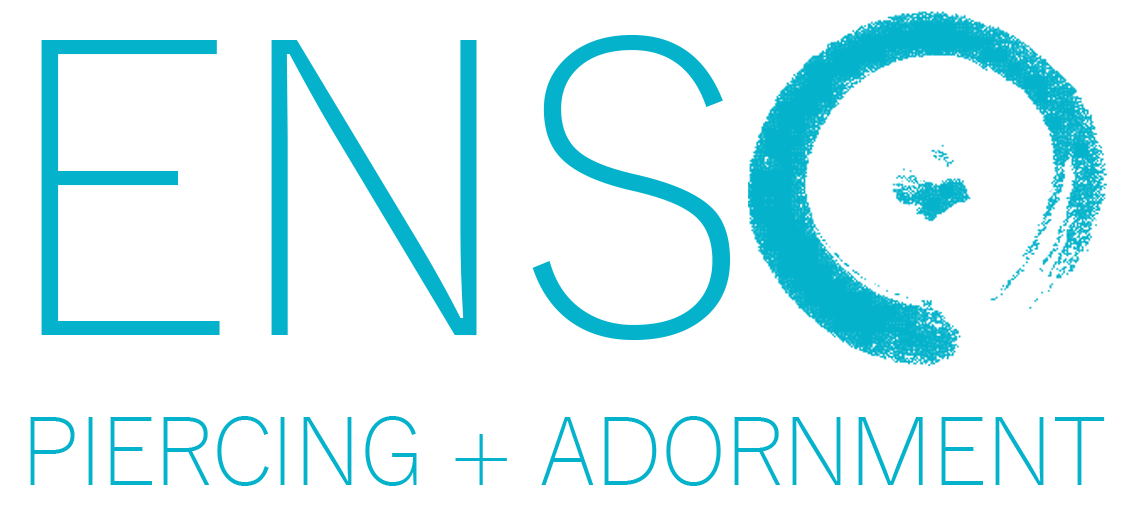PIERCING AFTERCARE*
We recommend you review this information before getting pierced and bookmark this page to refer to during the healing process
Have a question not answered here?
We encourage you to text or call us at 801.953.0201 if you have any questions about caring for your piercing
Do
Let your body heal itself. There is no need to twist, turn or move your jewelry
Sleep on a clean sheets and pillowcases and avoid laying directly on your piercing as it heals
Lightly mist your fresh piercing with an aerosol saline spray once per day. We recommend and stock NeilMed Fine Mist Piercing aftercare. Allow the area to air dry
It is best to avoid getting soap or cleanser on your fresh piercing but if it occurs, rinse with tap water, allow it to air dry and then mist with sterile saline
DON'T
Don’t touch your fresh piercing or allow anyone else to touch it.
Don’t let your fresh piercing come in contact with anyone else’s bodily fluids.
Do not apply alcohol, hydrogen peroxide, soap, homemade salt solutions, contact lens solution, or other topical wound care to your new piercing.
Avoid hot tubs and swimming pools until your piercing is fully healed.
ORAL PIERCINGS
Drinking plenty of cold, filtered or distilled water can help reduce swelling and keep your mouth clean, especially after eating and drinking.
Avoid anything that may irritate or contaminate your fresh piercing including alcohol, smoking, vaping, chewing tobacco, mouthwash, whitening toothpaste, spicy and very hot temperature foods and beverages, and contact with other people’s bodily fluids.
ANCHOR PIERCINGS
A waterproof, transparent wound cover can be applied over your piercing to protect it while healing. We recommend Nexcare Tegaderm Transparent Dressing, which can be found in the wound care section of most grocery and drug stores. The dressing should be applied to clean, dry skin and replaced as needed for approximately 4-6 weeks. Do not use if you are allergic to adhesives or if a skin irritation occurs.
Anchor piercings are more susceptible to being bumped and snagged, so it is very important to be mindful of your piercing as long as you have it, even after it has healed. If you notice your piercing is red, raised, bruised, or not sitting evenly under your skin, you should come in as soon as possible to have it looked at.
DOWNSIZING
Many piercings are initially pierced with longer jewelry to accommodate swelling. In most cases, it is necessary to downsize your jewelry or have it adjusted after the swelling has gone down. Your jewelry size and approximate downsize date will be provided to you when you get pierced. Bring this information with you when you come back in to downsize your jewelry.
*OUR RECOMMENDATIONS ARE BASED ON OUR EXPERIENCE WITH HEALING AND MAINTAINING HEALTHY PIERCINGS. THIS INFORMATION IS NOT PROVIDED AS MEDICAL ADVICE. IF YOU FEEL THAT YOU NEED MEDICAL ATTENTION, PLEASE CONTACT A MEDICAL PROFESSIONAL
